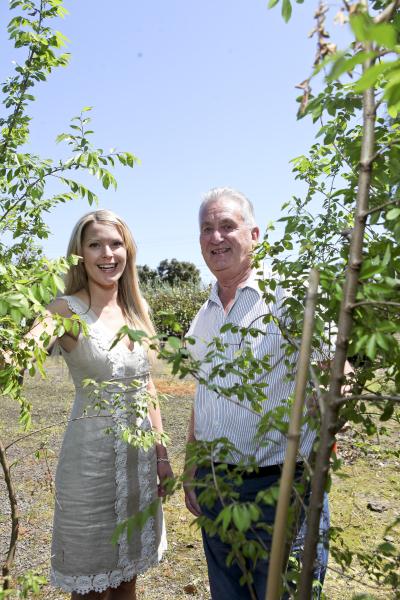
By ALESHA CAPONE
IN BROOKLYN, the smells in the air appear to be lessening – but the suburb’s dust pollution keeps growing.
For the past few years, councils, the Environment Protection Authority (EPA), residents and businesses have been working as part of the Brooklyn Community Reference Group (BCRG) to cut back on odour and dust problems caused by the area’s industrial precinct.
At the latest BCRG meeting, residents heard the EPA’s pollution hotline has received less than 70 odour reports about Brooklyn this year, the lowest since it began monitoring.
In contrast, late last month Brooklyn recorded its 99th day where PM-10 dust levels exceeded recommended health levels, since 2009 – compared to Footscray, which has had eight days within the timeframe.
The EPA recommends people should only be exposed to five days per year when PM-10 levels are high, as the dust particles can cause medical problems.
Bruce Light, from the Yarraville-based On The Nose Group, said the Brooklyn dust “still remains a problem.”
“I love living out here, it is a great place to live – all we are asking for is the same air quality as the rest of Melbourne,” he said.
Mr Light said the 60-page Brimbank Evolution Strategy, developed by Brimbank City Council to improve the area, needed State Government support to drive it forward.
Mr Light said he believed the Brooklyn odour problem had reduced because several companies which had left the area or implemented smell reducing measures, apart from a meat company “which has a way to go”.
Mr Light said Cargill had invested $1 million on bio-filters and $1 million on sealing their building, plus donated $50,000 for the community to plant trees.
“Swift also increased their bio-filters to reduce odour,” Mr Light said.
“Australian Tallow has cut production by 50 per cent and upgraded their bio-filters.”

